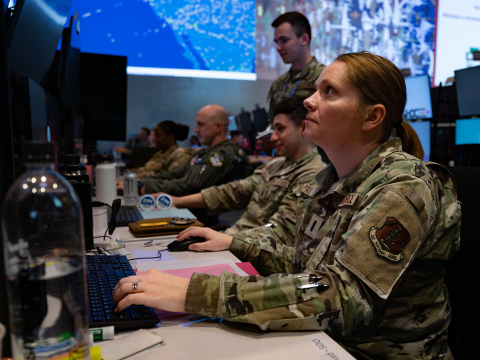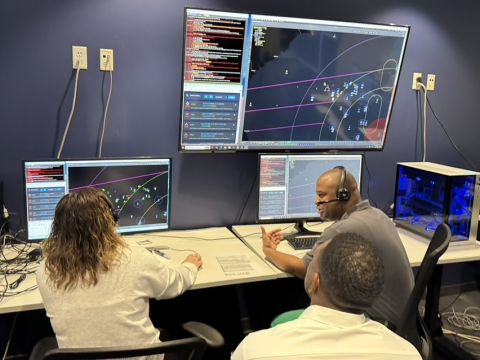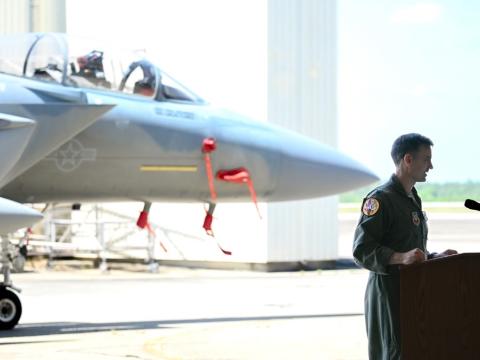Advances Keep Health Care Tabs on Troops
Military and industry are teaming to enhance the safety, health and psychological welfare of modern-day troops. With new-age monitoring systems and technology, warfighter needs are met when they're needed, where they're needed.
Picture actor Tom Hanks in the movie Apollo 13, removing his body sensors to stymie NASA efforts to track his vital signs and bodily functions during a crisis. Now envision troops in the field doing just the opposite, and depending on those lifelines to monitor their health conditions and situational awareness. Keeping track of troop welfare has always been a top concern of the military, but never before have there been such incredible advances in the scope of technologies now deployed and in how many ways they're used for the warfighter's benefit. In this month's issue of SIGNAL Magazine, Maryann Lawlor discusses advances that not only pinpoint problems immediately, but also provide next-step instructions to warfighters, in her article, "Technology Monitors Warfighter Welfare." Comparing the devastating losses from the Vietnam War to the Global War on Terrorism, new technologies are credited with reducing the number of troops killed and wounded in wars that took place nearly three decades apart. Now, communications enable warfighters to call for assistance more rapidly than before, and medical advances have saved lives that 30 years ago would have been lost. One such advance is the Battlefield Automatic Life Status Monitor (BALSM), a collaboration between the Air Force Research Laboratory and QinetiQ North America's Technology Solutions Group. Once fielded, BALSM will enable medics to determine from a remote location a warfighter's physical status on the battlefield. Using sensors that are worn and ingested, BALSM monitors physiologic life status signs for triage, rescue or recovery, and provides a health status history for each person monitored. Monitoring warfighters' battlefield health status is only one part of the equation, however. Well aware that the psychological wounds of warfare can go deep and stay entrenched, the military has provided for new apps for mobile handheld devices so that troops and veterans can seek treatment more easily. The Army created the mCare telehealth outreach program for troops who are recovering from mild traumatic brain injuries and other wounds. mCare includes a mobile app that complies with the Health Insurance Portability and Accountability Act and provides secure communications between patients and Army health care professionals. Users also can store their essential health care information on their cell phones. According to Mark Trigsted, Diversinet Corporation's executive vice president of health care, his company determined, along with the Army, that a secure, non-obtrusive communications ability was crucial, thus mCare was conceived. A medical care team member writes a message to the warfighter. The message is encrypted and sent to the warfighter's telephone. To respond to the message, Trigsted says, a soldier inputs a unique username and employs the bilateral security feature: a personal identification number and an authentication password:
Every time a message is generated, a one-time authentication password is sent to the soldier to verify identification. The results have been astonishing. We have gone from a two-digit suicide rate to almost nothing. The number of missed appointments is down by 80 to 90 percent.
To further address troops' psychological well being, Dr. Robert Ciulla of the Defense Department's National Center for Telehealth and Technology describes the center's T2 Mood Tracker. The smart phone app allows users to monitor trends in their emotions and behaviors in response to therapy, medication, daily experiences and changes in their work and home environments. Ciulla explains that the T2 Mood Tracker is not a diagnostic tool, but its benefits are obvious:
Research shows that focusing on [oneself] helps create changes within.
Read the complete article and share your thoughts, suggestions and opinions regarding what's being done now for troop health, as well as the way forward.




Comments